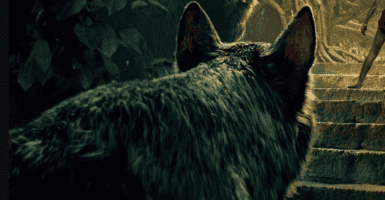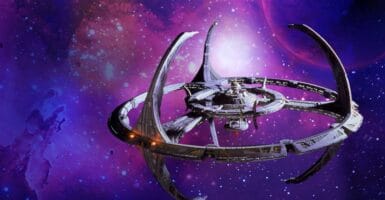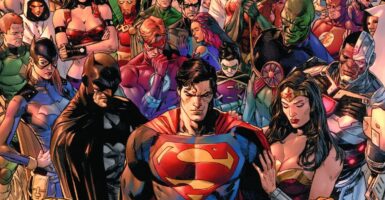Saw X Needs To Beat This Entry To Be The Best In The Series
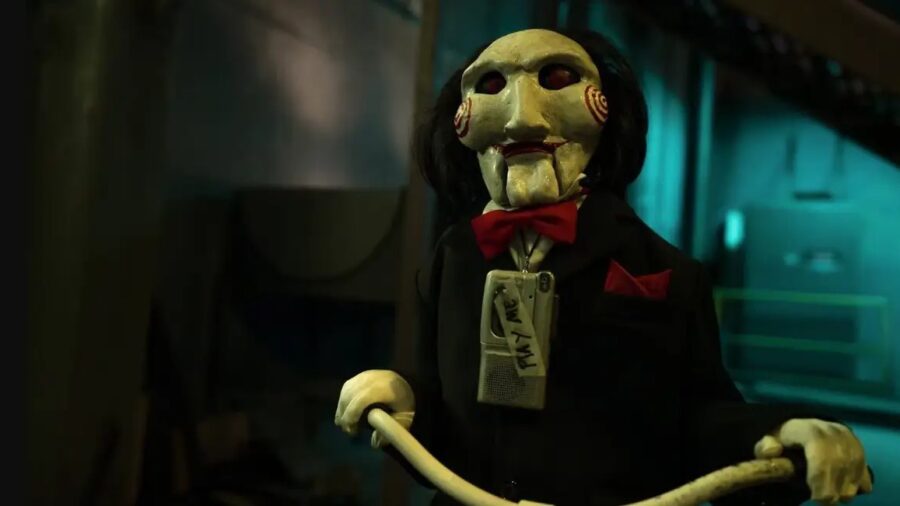
The Saw series, launched in 2004 with the micro-budget movie thriller Saw, has grown into a highly prolific and beloved horror franchise, owing its success to intricate storytelling, inventive gore, and jaw-dropping twists that have cultivated a dedicated fanbase.
The tenth installment of the long-running series, Saw X, is scheduled to arrive in theaters on September 29, and it aims to satisfy diehard franchise fans. However, it faces a formidable task in attempting to surpass the widely acclaimed original 2004 entry, which I believe is unquestionably the best Saw movie.
Saw X looks to relaunch the franchise, but in order to do so, it will have to get out of the shadow of the ground-breaking original.
With limited funds and a daring vision, James Wan and Leigh Whannell embarked on the creation of the first Saw movie. The result was a groundbreaking work that would set a standard for contemporary horror. Rooted in suspense, the original Saw film’s minimalistic setting, predominantly within a grimy bathroom, immerses both characters and viewers in a high-stakes pressure cooker, transforming the simple premise of two strangers chained to pipes into a riveting and terrifying exercise in psychological horror.
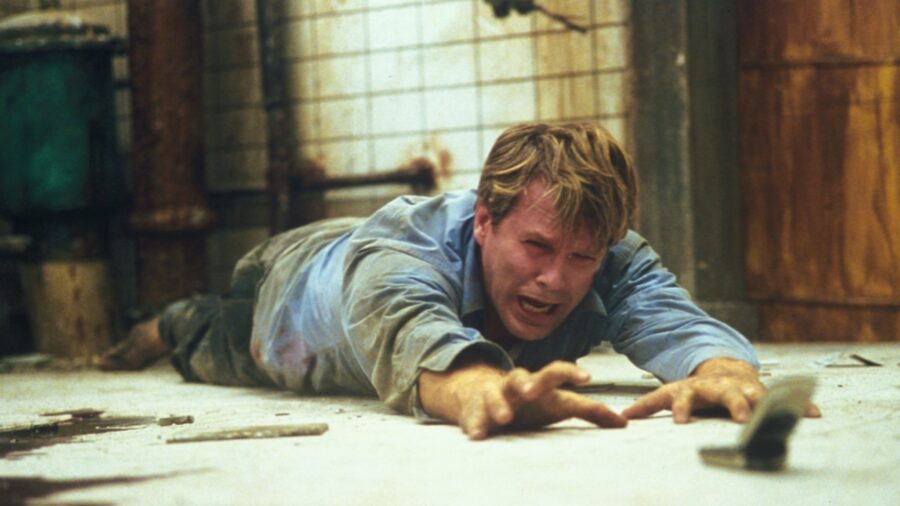
The original Saw movie impressively explores the psychological and moral dilemmas confronting its characters, such as Dr. Lawrence Gordon (Cary Elwes) and Adam Faulkner (Leigh Whannell). These characters transcend being mere victims in a sadistic game, embodying complex individuals with shadowy secrets and troubled histories. The film skillfully prompts us to confront profound questions about morality, survival, and the extremes people will endure in life-or-death situations.
Nevertheless, within the Saw series, there are commendable sequels, and Saw II is easily the best entry after the first Saw movie.
Moreover, the first Saw movie boasts ingenious storytelling, seamlessly weaving multiple timelines into a suspenseful tapestry that keeps us on the edge of our seats. Flashbacks and non-linear narrative techniques are employed to slowly reveal the backstory of the Jigsaw Killer, John Kramer, portrayed with chilling charisma by Tobin Bell. The film’s intricate plot and meticulous attention to detail set it apart from many of its successors in the franchise.
While the Saw series is known for its gratuitous gore, the original film stands out for its restraint. Rather than relying on excessive violence, the first Saw movie focuses on psychological horror and the fear of the unknown. This approach allows the film to build tension and create a sense of dread that is far more effective than shock value.
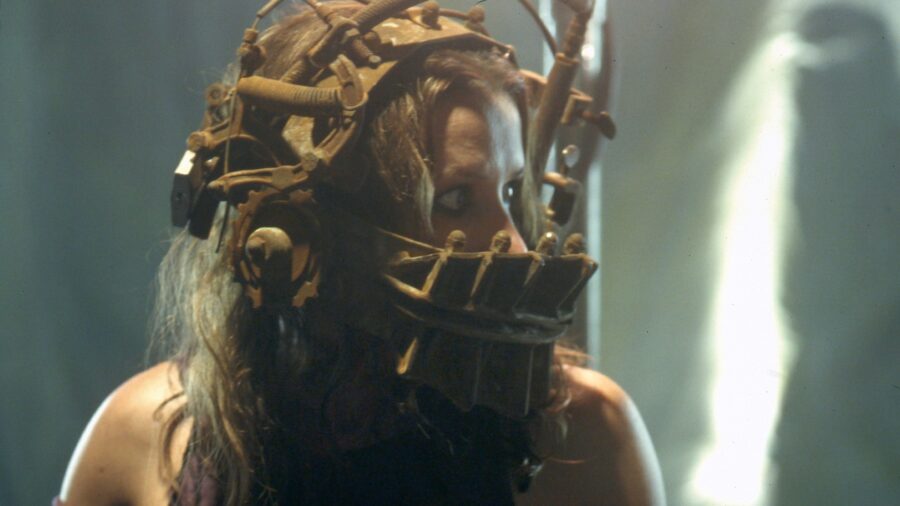
Finally, every great horror film needs a memorable twist, and the original Saw movie delivers one that will leave you absolutely speechless. The revelation of the true identity of the Jigsaw Killer is a mind-bending moment that redefines the entire narrative. It’s a twist that is shocking and forces us to reevaluate everything we thought we knew about the story.
While the Saw series is known for its gratuitous gore, the original film stands out for its restraint.
But don’t solely rely on my opinion; the original Saw movie’s status as the pinnacle of the franchise is reinforced by viewer ratings on both Rotten Tomatoes and IMDb.com, surpassing those of any other Saw installment. These high scores and favorable reviews across both platforms clearly indicate that the film’s gripping storytelling, suspenseful presentation, and unforgettable characters maintain their appeal among audiences, affirming its position as the standout entry in the Saw series.
Nevertheless, within the Saw series, there are commendable sequels, and Saw II is easily the best entry after the first Saw movie. This distinction is attributed to its gripping storyline and the deepening of the Jigsaw killer’s mythology. Although it heavily relies on graphic violence and gore, which reduces some of the psychological subtlety that made the original film exceptional, Saw II does offer a twist that nearly matches the impact of the first movie’s twist.
Additional fan-favorite entries in the Saw franchise, such as Saw III and Saw VI, have earned praise for their inventive plot twists; nevertheless, none have succeeded in recapturing the essence of the original movie’s brilliance. Given the six-year gap since the release of Jigsaw (Spiral, despite being part of the franchise, did not include Jigsaw, so we’re still hesitant to count it…for now), ample time has passed for the writers to develop a fresh and innovative storyline for the forthcoming tenth Saw movie. We’ll find out soon whether Saw X can measure up to the 2004 original that started the series.


